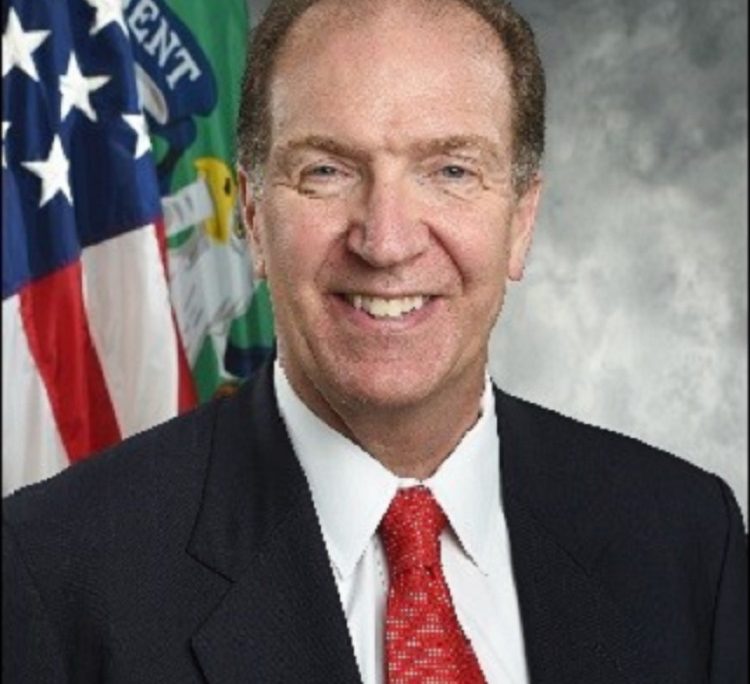World Bank has said that Economic inclusion programs has helped to boost the income and assets ofthe world’s poorest individuals and households with a “big push” of coordinated interventions – usually a combination of cash or in-kind transfers, skills training or coaching, access to finance, and links to market support. The multilateral Institution in its The State of Economic Inclusion 2021 Report said “that economic inclusion programs are on the rise in 75 countries around the world, reaching approximately 20 million households and benefitting nearly 92 million individuals.
“This unprecedented surge is driven by the scale-up of government-led programs that build on investments insocial protection, livelihoods and jobs, and financial inclusion. This trend is set to continue, especially in areas affected by conflict, climate change, and shocks. The report examined over 200 programs across 100 organisations and highlights adaptations of economic inclusion interventions to meet specific challenges in Bangladesh, Peru, India and the Sahel region.
“Women’s economic empowerment is a key driver of economic inclusion programming, with nearly 90 percent of programs surveyed in the report having a gender focus. The SEI Report is a result of a unique collaboration under the Partnership for Economic Inclusion. PEI is a dedicated platform to support the adoption and adaptation of national economic inclusion programs working with a variety of stakeholders, including national governments and bilateral, multilateral, NGO, research, and private-sector organisations. Alongside the SEI, the PEI is also launching an online and open-access PEI Data Portal. The data portal underscores a commitment to open access information to support global learning and program implementation.
“The State of Economic Inclusion Report 2021 sheds light on one of the most intractable challenges faced by development policy makers and practitioners: transforming the economic lives of the world’s poorest and most vulnerable people. Economic inclusion programs are a bundle of coordinated, multidimensional interventions that support individuals, households, and communities so they can raise their incomes and build their assets. Programs targeting the extreme poor and vulnerable groups are now under way in 75 countries.
“This report presents data and evidence from 219 of these programs, which are reaching over 90 million beneficiaries. Governments now lead the scale-up of economic inclusion interventions, often building on pre-existing national programs such as safety nets, livelihoods and jobs, and financial inclusion, and 93 percent of the total beneficiaries are covered by government programs. The report offers four important contributions: • A detailed analysis of the nature of these programs, the people living in extreme poverty and vulnerability who they support, and the organisational challenges and opportunities inherent in designing and leading them.
“An evidence review of 80 quantitative and qualitative evaluations of economic inclusion programs in 37 countries. • The first multicountry costing study including both government-led and other economic inclusion programs, indicating that programs show potential for cost efficiencies when integrated into national systems. • Four detailed case studies featuring programs underway in Bangladesh, India, Peru, and the Sahel, which highlight the programmatic and institutional adaptations required to scale in quite diverse contexts.

